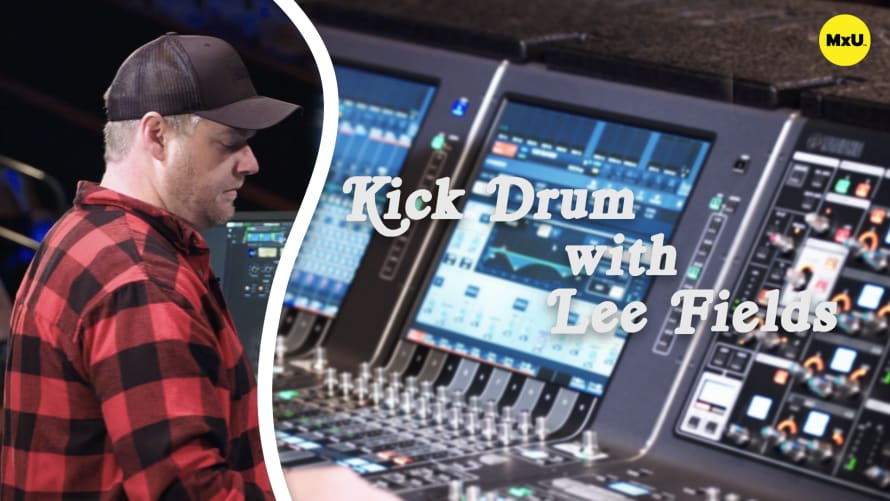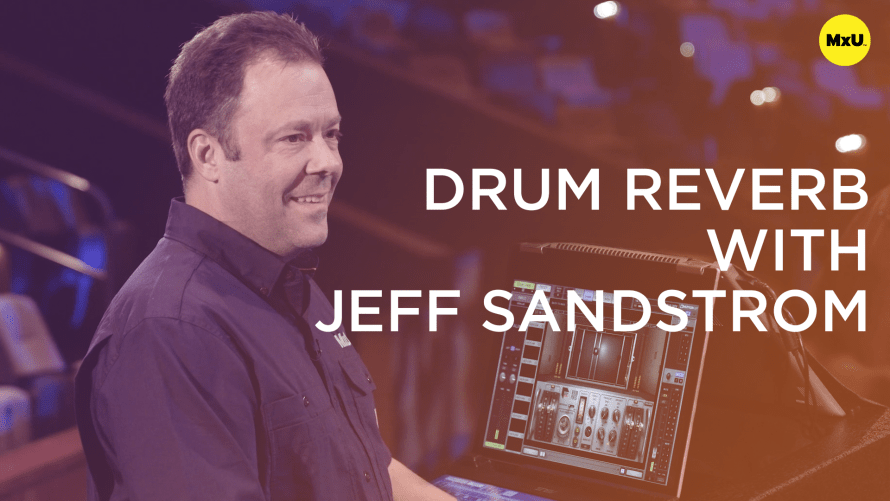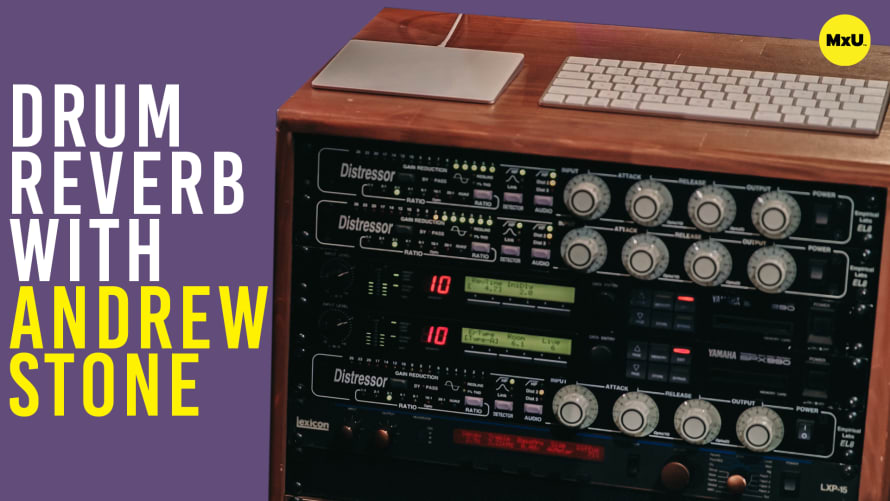Kick Drum with Lee Fields


Continue watching
Sign up to continue watching Kick Drum with Lee Fields
Pricing
Starting at $19.95 /mo
More in MxU
Take a deep dive into crafting the perfect kick drum sound in your mix, with Lee Fields. Using quality drums and microphones is incredibly important. Walk through the process of fine-tuning EQ and gate settings. Lee’s focus is on achieving a clear, punchy kick drum sound. It should cut through the mix without overwhelming other elements.
Key Points:
- The foundation of a good kick drum sound starts with a well-tuned drum and a quality microphone.
- EQ and gating are the primary tools used for shaping the kick drum sound. Compression is used sparingly.
- The Sennheiser 901 microphone is preferred for its ability to capture a nice top-end. It also excels in capturing higher octave attacks.
- EQ settings involve scooping out the mids and boosting the highs. This is especially for a more high-end pop sound.
- Gating is used to isolate the kick drum from other drum kit elements like the snare and hi-hat bleed.
- It's crucial to adjust the gate's attack time to maintain the kick drum's punch. This prevents it from sounding muffled or unnatural.
- The release time on the gate is set to keep the drum sounding resonant but not overly sustained.
- You might need to revisit the mix settings once you unmute the entire drum kit. This is to ensure balance across all elements.
Topics
Categories
Audio
301
Nothing added









